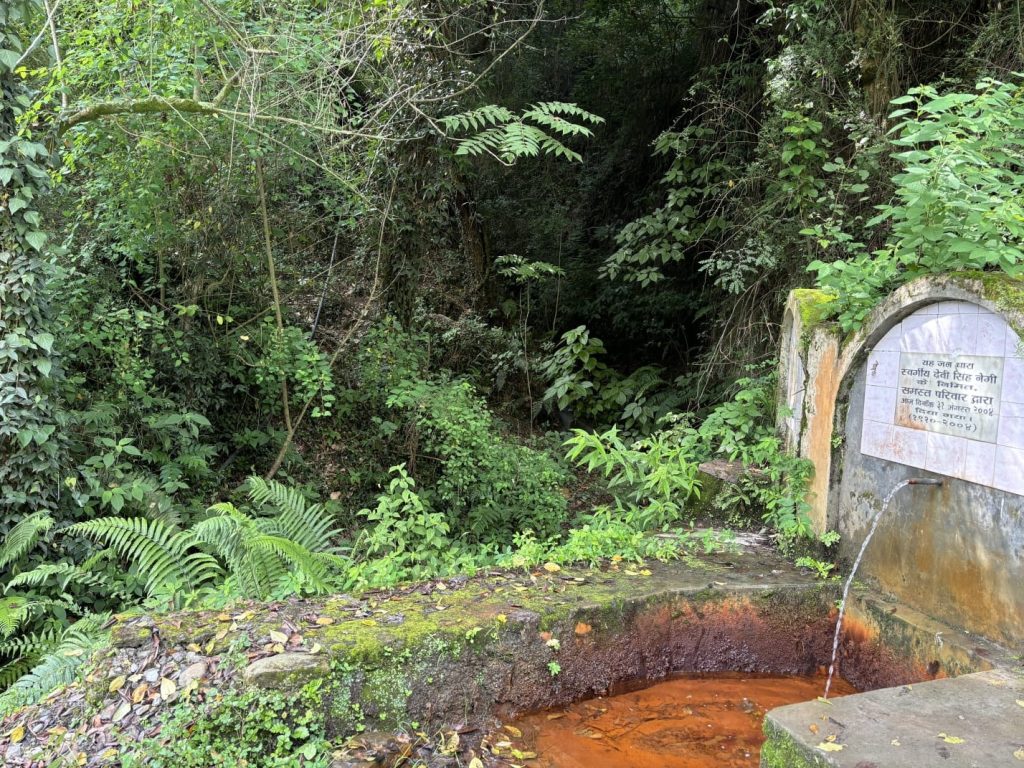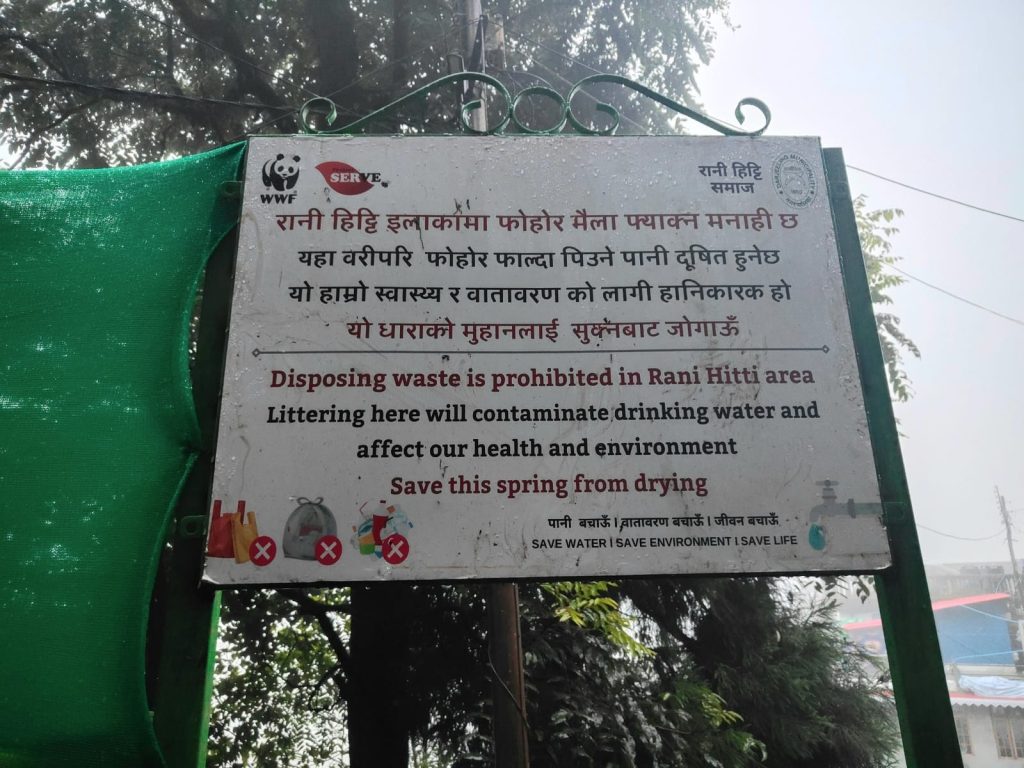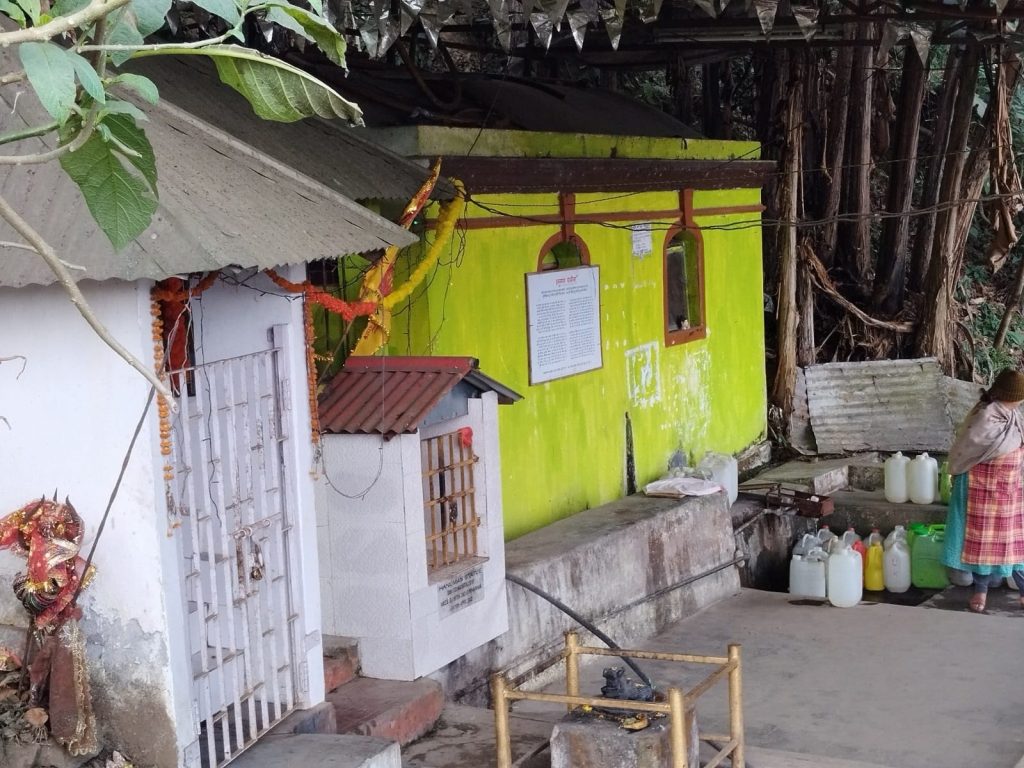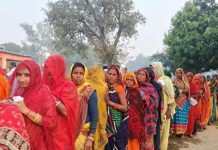In the present scenario of climate change coupled with deforestation, many springs or jaldharas, which are a common source of drinking water for the villagers in hill states, are drying up, thus leading to water shortage in the hills and impacting communities. A report by Deepanwita Gita Niyogi

In the Himalayan region, a common source of drinking water is the spring or jaldhara from where water comes out naturally like a fountain from subterranean passages.
In the present scenario of climate change coupled with deforestation, many springs are drying up, thus leading to water shortage in the hills and impacting communities. A NITI Aayog report says that there are five million springs across India, of which nearly three million are in the Himalayan region. An estimated 200 million people depend on spring water.

These jaldharas or springs are found in abundance in states like Uttarakhand and Himachal Pradesh due to their being situated in the Himalayas. According to Chandarshekhar Tewari, rural people collect water from dharas. But a changing climate is responsible for the drying up of many of these natural water sources.
Tewari, who works at the Doon Library and Research Centre, a public library in Dehradun as a programme associate, also blamed factors like road cutting, installation of hand pumps and the insistence on piped water supply in villages behind the drying up of jaldharas. “To boost tourism, many hotels and resorts are coming up in the mountains which is impacting water availability and source.”
The situation is the same in the eastern Himalayas. Pasang Lepcha is based in Darjeeling district of West Bengal and works for WWF. “The organisation is collecting data in Darjeeling to find out how much amount of rainfall is seeping underground and recharging aquifers. Recharged aquifers are most important for continuance of springs. There are spring sheds where water gets absorbed and stored in aquifers, and then is discharged out.”
“Springs which were perennial in nature earlier have turned seasonal. In many places, the water discharge rate has gone down. At the same time, the demand for water is increasing day by day due to rural tourism,” Lepcha said.
He talked about plans to carry out restoration work like tree plantation to secure spring sheds. As part of the recharge work, pits are also dug where water can be collected. “Now, a lot of rainfall happens within a short period. So, there is no time for the water to seep inside the earth.”

Fortunately, local beliefs revolving around these springs or jaldharas can also help them survive. In Darjeeling, people grow banana plants.Temples are also found at many of these spring sites.
In Darjeeling, springs are called hittis. One such place is the Rani Hitti where the queen of Burdwan Raj used to come and take bath. Though locals try to keep the area clean, waste disposal is a challenging issue, especially the accumulation of plastics.
Pasang’s colleague, Abishek Pradhan, pointed out that springs are most important as water is essential for life. “Generally, people revere these springs and refrain from spitting in the area and defiling them.”
Many springs are found in forest areas. But Rani Hitti is in a semi-urban area. It is a source of drinking water for 300 households. “About 15,000 people depend on it. Across Darjeeling, springs are drying up. These days, rains are intense and happen for a shorter duration.There is a huge amount of run-off leading to wastage,” Pradhan said.
Today, the Rani Hitti area has been fenced. WWF cleaned up the area in January this year. During that time, municipal waste workers were provided with gum boots.
Himachal Pradesh-based Manshi Asher works on issues related to the environment and forest rights. About 50 percent of the springs are drying up due to the lack of moisture, construction, development, climate change and forest loss. “Land use change is constantly happening due to tourism and urbanisation.” Asher works for Himdhara Environment Research and Action Collective.
Similar to that of Darjeeling, in Himachal Pradesh too, people revere springs. They install tiles around jaldharas which are dedicated to the deceased. These are common in Shimla, Sirmaur and Solan districts.
Manoj Sharma, a resident of Thalog village, said that the one near his village was dedicated to his father after the latter’s demise. “Jal dharas are dedicated in six months’ time. Priests calculate the right date and time for the ceremony. People carry out decorations according to their financial capacity mentioning the name of the deceased. Often tiles are used for beautification. Usually, these are found where many people can use them.”












